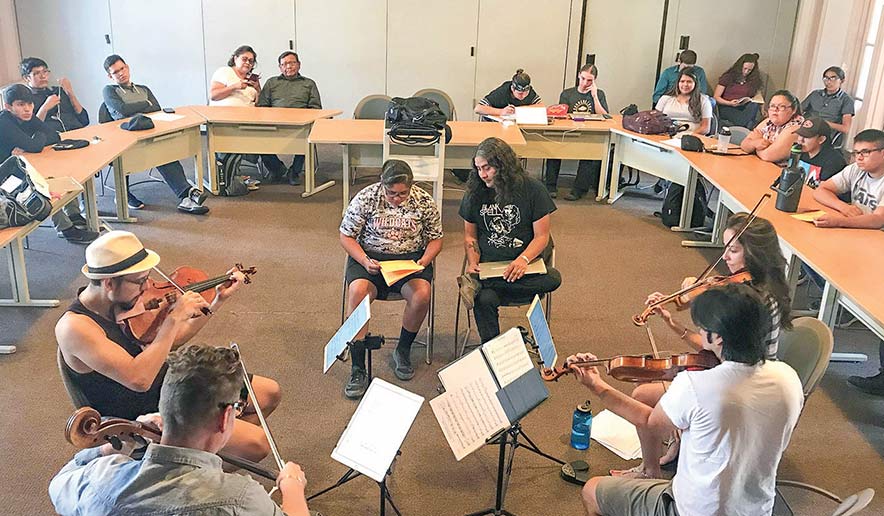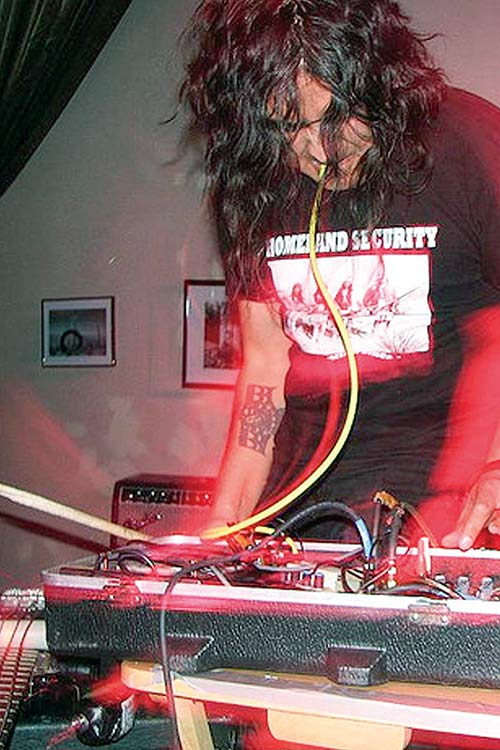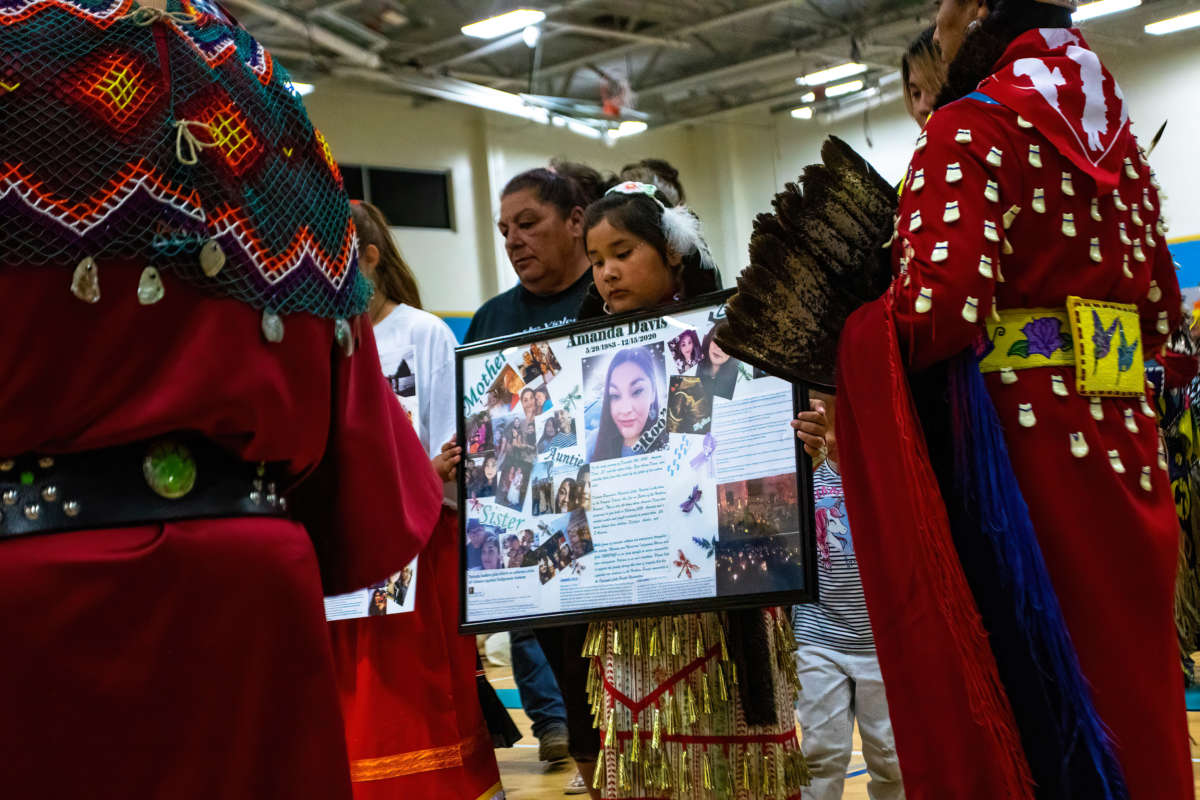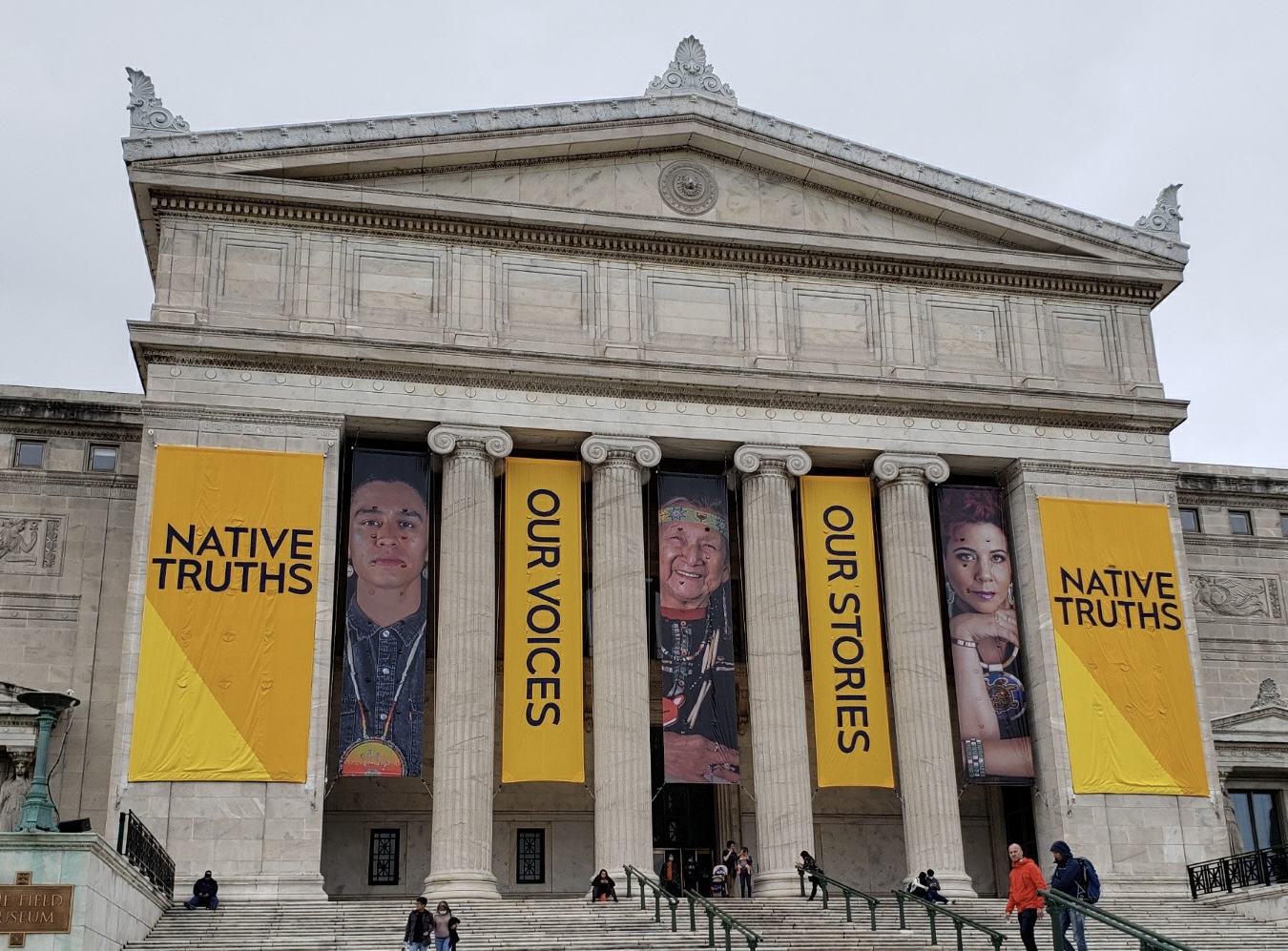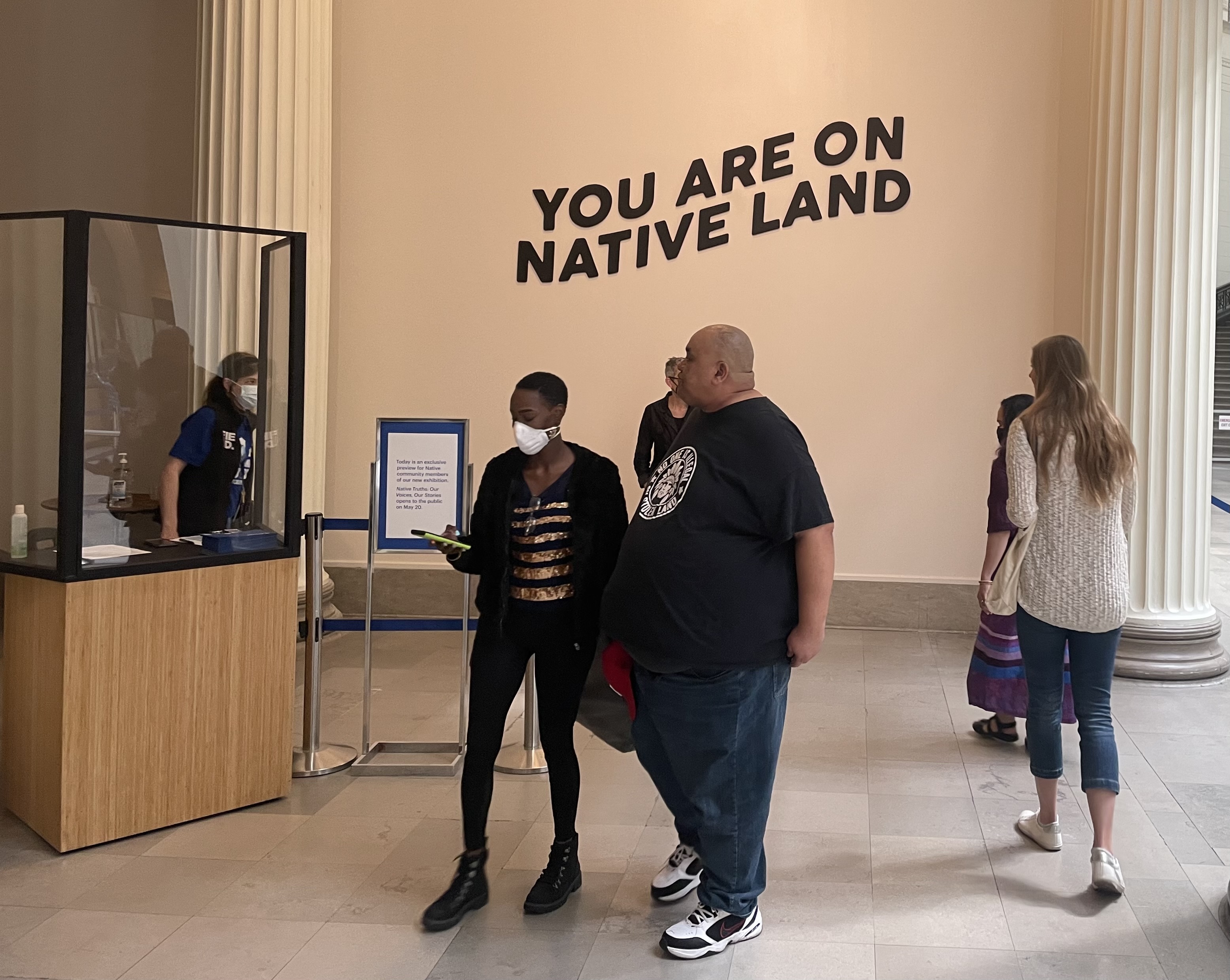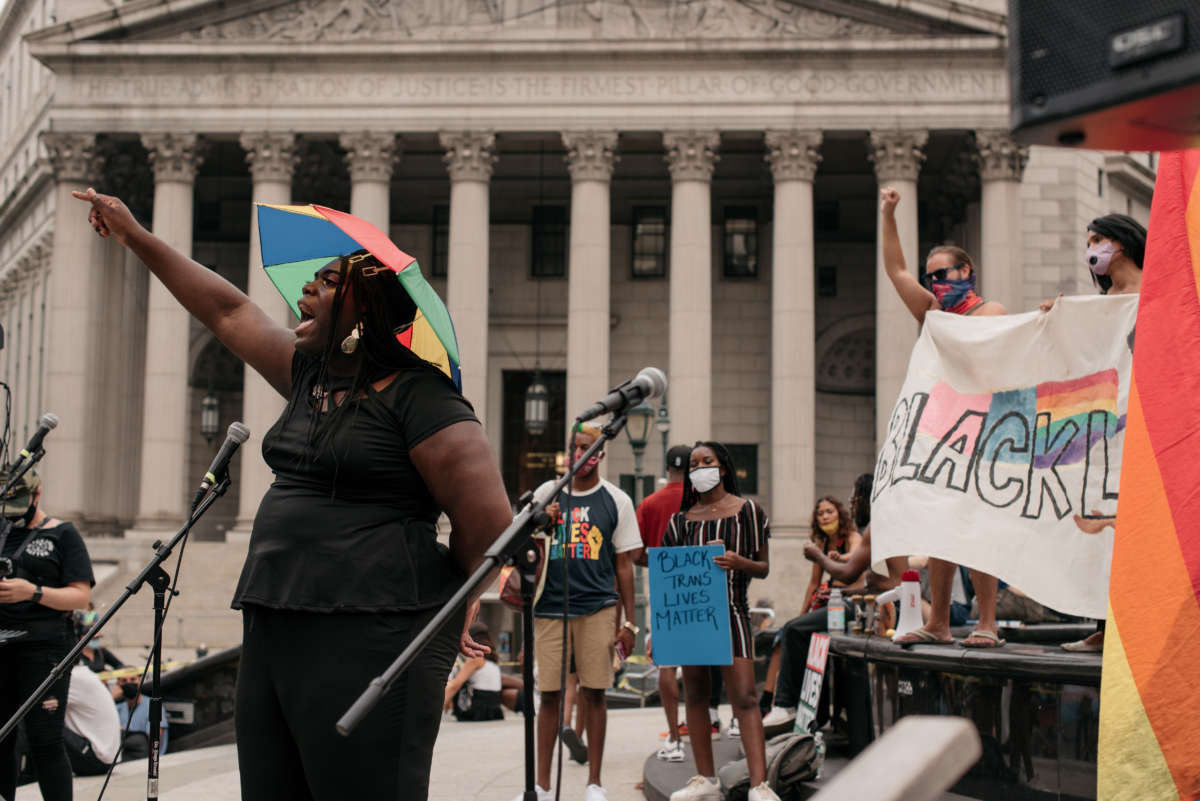
In their new book Atmospheres of Violence, organizer and University of California Berkeley gender studies professor Eric A. Stanley describes how the United States political system depends on violence against trans people.
Stanley argues that to stay in power, U.S. institutions and the people behind them — including politicians, their corporate benefactors, and the armed guard forces that police the rest of us — consolidate power and wealth through the constant precarity experienced by marginalized people.
In the past year, 22 state legislatures introduced and in several cases passed laws to ban transgender health care access for youth while banned books lists at libraries were engorged with titles featuring queer characters. South Carolina criminalized trans youth participation in school sports and legalized discrimination against LGBTQ people by medical practitioners. “Don’t Say Gay”/”Don’t Say Trans” laws meant queer public school teachers were fired or almost fired but for mass actions like student walkouts in Florida and Texas.
The attacks continue to creep out of capitol buildings like spilled oil, contributing to jumps in mental health emergencies and death: A Trevor Project study released in May 2022 found 45 percent of TLGBQ youth had seriously considered attempting suicide in the past year.
While conservatives scapegoat trans people to rally their bases, liberals spit out toothless speeches supporting trans people at the same time as they push spending bills to enrich police, the military and various other policing departments too numerous to name. These, the country’s most well-funded institutions, are notorious for reinforcing gender binaries and stereotypes, high rates of assault and rape, and near-immunity from repercussions for harm they cause.
March 31 marked the first time the White House celebrated the annual Transgender Day of Visibility. In the press briefing room, a prerecorded message from President Joe Biden played, and officials announced more funding for the Transportation Security Administration to install gender-neutral surveillance scanner technology at airports. The White House’s other announcement: It will start issuing nonbinary passports in April, a positive change, but one that will mostly affect a narrow slice of trans U.S. citizens who plan to travel internationally soon. (It’s also a late change, given that almost half of U.S. states already offer nonbinary IDs.)
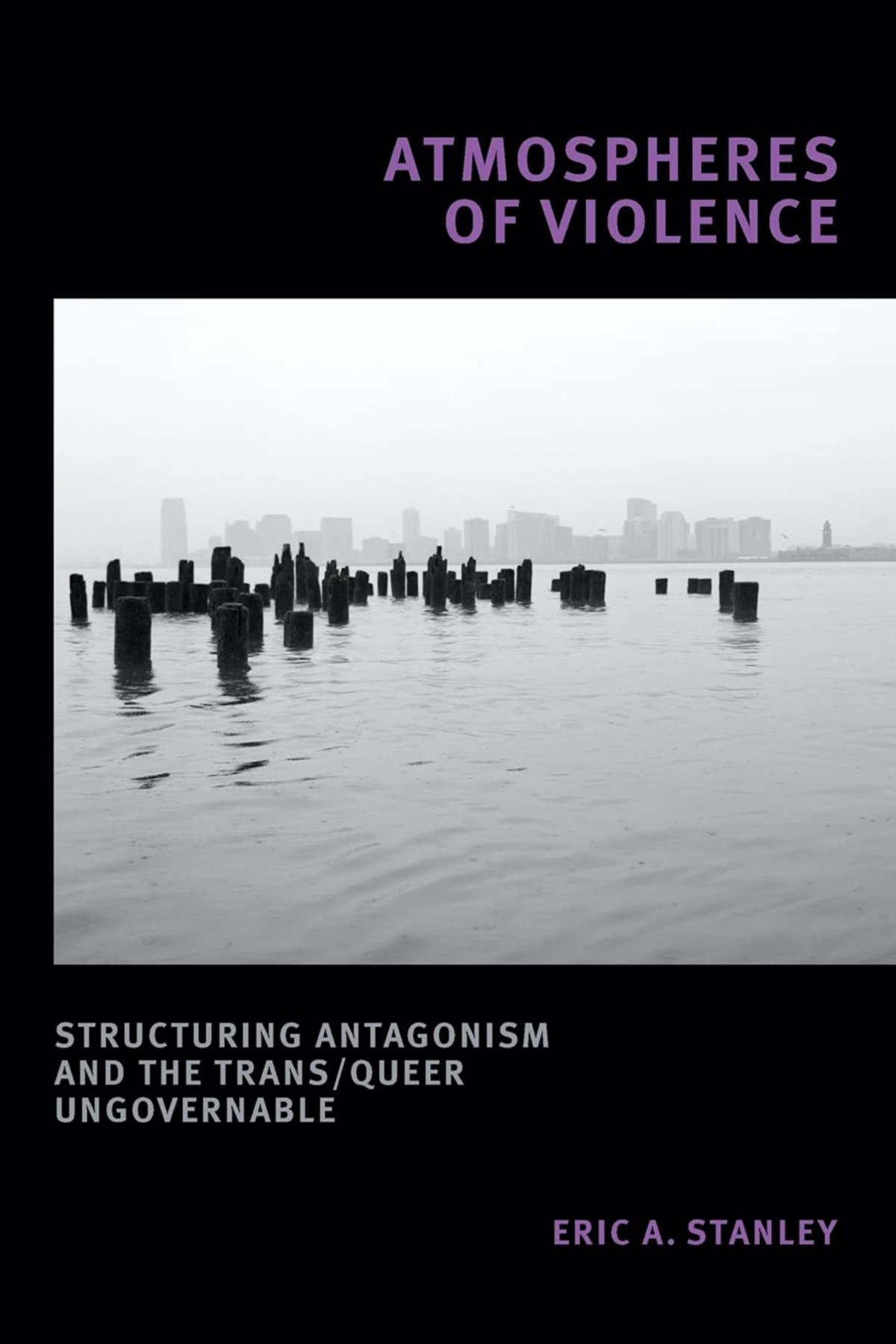
Structuring Antagonism and the Trans/Queer Ungovernable
Atmospheres of Violence details stories of pain and resistance from the past half-century that have mostly been lost to history. Some are shocking in their cruelty and proximity to the U.S. political machinery — as when the government used the chaos of HIV/AIDS to sap energy from radical trans liberation movements of the 1980s and 1990s while it propped up the nonprofit-industrial complex and pharmaceutical companies. As these system-enabled tragedies unfold, the book offers moments of relief as it describes trans people working against and around the system’s rules.
By its end, the book provides a figurative version of the mace “bomb” that the Black trans revolutionary Marsha P. Johnson described carrying before her still-unsolved death in 1992. It’s one of the book’s inscriptions: “If they attack me, I’m going to attack them, with my bomb.”
Johnson was prepared for the everyday war that continues against Black trans people. The book gives readers more reasons to organize against the U.S. empire, and to do away with attempts to incrementally bring progress to a country built on the bodies of trans people. As the fog of the mace subsides and the rubble of the empire settles, Stanley points readers to futures that are independent of concentrated physical and psychic violence. Truthout interviewed the author in May.
Toshio Meronek: During an online launch for Atmospheres of Violence, one of your mentors, Angela Davis, was on the panel. She said she was especially moved by the book’s insistence that we “unlearn ideas” that reproduce or strengthen the forces we are fighting against. Can you speak more on “unlearning” assumptions most of us have internalized from when we were young? What assumptions do we need to unlearn?
Eric A. Stanley: Learning must also be a practice of unlearning, this is something Angela continues to model for us. I think specifically she was referring to one of the major claims of the book, that inclusion is not evidence of freedom. To begin, I should also say that this book is as woven from collective struggle as much as it is from more traditional texts. Much of the organizing that I’ve been involved with has been pushing back against the logic that assimilation for trans/queer people will provide us with the world we want and need. It was also organizing, mostly around housing, HIV/AIDS and various prison abolitionist projects that led me to understand that inclusion does not provide the relief we are taught it does, but even worse, it’s one of the ways harm is reproduced under the name of safety.

Perhaps a way to think about this is through the push to include gender and sexuality in federal hate crimes enhancement laws. While many mainstream LGBT organizations have long argued for such expansion, trans/queer prison abolitionists have shown how the law itself is foundationally racist, as it is transphobic/homophobic. So, while hate crimes laws claim to be deterrents to the very real violence people endure, they grow the state’s capacity to terrorize the very same people they purport to protect.
Through this, and other examples, the book demonstrates how racialized anti-trans/queer violence is foundational to the United States. I make this argument through analyzing attacks against trans/queer people and also forms of structuring neglect, like inaction around HIV/AIDS that destroys people and their communities. While these, and many other forms of brutality directed toward Black, Brown and/or Indigenous trans women persist, the law appears as the sole avenue of redress. What we have then is a circular trap. Structural violence, like policing, is offered as the remedy to personal harms.
Right. The government and its biggest cheerleaders — Democrat-leaning organizations like the Center for American Progress — put their energy into studying how to make the justice system “more just.” They offer solutions like shifting tax money to go to “transgender sensitivity” training for police, or funding for lawyers’ fees for people who can’t afford specialized lawyers.
Several conversations in Atmospheres of Violence point to the storytelling of the book and the way you write with care around people and topics that are potentially soul-deflating, which asks how society allows and even abets so many tragedies of violence against trans people. For a book published by an academic press, they mention the writing as a way in for non-academic readers. Do you purposefully write to reach non-academic audiences?
I think writing produces audiences as much as it finds them. What this means is that when I write, I don’t know in advance who will be drawn to the work. When writing is accused of being “too theoretical,” which mine sometimes is, it’s more often than not an accusation made on behalf of an imagined other. As a person with an intellectual disability, I’m acutely aware of the ways we are all captured differently by language. For me, writing, not unlike other expressive practices like dance, poetry, or conceptual art, is an invitation for both form and content to forge a path toward new understandings. Of course, not everyone might be into it. Just like we might not all be into noise music or science fiction, and that’s OK. But one thing I’m emphatic about is that we need more ways to explain the unexplainable world we are trying to survive, not less.
Something I’ve noticed with this book so far is that most of the feedback I’ve received has been from high school debaters and Black trans/queer people who have formed reading groups in prisons. I think this is rad, and I feel lucky that people are engaging with the text. In the end, as our friend Tourmaline reminds us, theory is simply another name for people fashioning words to describe their lives. We are all making theory, all the time.
On March 31 of this year, the federal government observed Trans Day of Visibility for the first time. In a previous book you co-edited, Trap Door (2017), you and your co-editors, Johanna Burton and Tourmaline, argued against the allure of mainstream cultural visibility, and against the idea that visibility is a shortcut to easier lives for gender nonconforming people.
In the anthology I had a conversation with Miss Major and CeCe McDonald, who said that more inclusion in mainstream media hasn’t benefited the community at large. That was five years ago. Has your view of representation changed?
As a filmmaker and organizer, I know the transformative possibility of representation. That said, mainstream visual culture’s flirtation with trans/queer characters does not necessarily change the material conditions of our lives. Holding these contradictions forces me to examine how film’s form, following scholars like Jemma DeCristo and David Marriott, is not only anti-Black, but it is also anti-trans. This seems important to explore as we live in the reality where increased representation is not providing the transformation we need, so staying with these questions is vital.
I’m also interested in tracking how radical demands for an entirely different social order get flipped into primarily wanting more trans people in movies. It’s not that I’m against trans people in movies, but I think we must hold open this question if we are to produce liberatory images. What this means for me is that we rethink the entire production, distribution and consumption of visual culture. That’s an overwhelming task, and yet it can also mean the difference between life and death.
Luckily, lots of other people have also been thinking through these questions and dreaming up ways to weaponize their practices toward collective liberation. We are not alone, and we have generations to connect with, but that these histories are hidden is not an accident.
What’s the significance of the photograph on the cover: a picture by Every Ocean Hughes of the remains of New York City’s Chelsea Piers?
Every’s image is a beautiful mix of sorrow and possibility, which reflects the tone of the book. It’s a black and white photograph of what remains of the Christopher Street piers in New York City. The pierces were an otherwise hidden place on the edge of the city where trans/queer people cruised and mostly Black and Brown young people built underground networks of care. Not far from there is also where Marsha P. Johnson’s body was found, further anointing the sacredness of the space.
I’m also drawn to Every’s photograph as it’s in conversation with Alvin Baltrop’s work. Baltrop was a Black gay man who documented the queer sexual cultures of the piers in the 1970s and ‘80s. I am moved by the image’s referential history, how it brings this past into the present. Its view of the horizon also offers a bit of hope, or something like it. Even after much community organizing by groups like FIERCE and others, the piers have mostly been destroyed by the relentless gentrification of Manhattan, and yet, trans/queer life continues. The photograph holds these contested realities.
I became close with Miss Major through working with her on your film with Chris Vargas, Criminal Queers. You met her years before in the Tenderloin, the neighborhood in San Francisco that was a lot more welcoming to trans and queer people than the Castro district, which is the city’s famous gayborhood.
The Tenderloin holds a somewhat mythic place in both my personal biography and the larger stories of trans history in the United States. Of course, it’s where the anti-police Compton’s Cafeteria riots were in August of 1966, and it’s also where I first encountered Miss Major when she was working at TARC. The neighborhood has long been under siege by the tech-fueled gentrification threatening to destroy it from every side.
Even under such duress, it’s still a place of much trans of color life, where people who are mostly low income and/or unhoused continue to scavenge a life out of the ruins of “latest capitalism“ (a term Angela Davis once used when I was her student at the University of California, Santa Cruz, to describe the constant transformation of how we describe “late capitalism“). This is not to be overly romantic, but to name the forms of ungovernability, or what I call living in refusal, that might otherwise fall out of social movement histories. That is one of the commitments of the book, to archive these practices as forms of riotous theory.
The Tenderloin, like the piers, is a spatial reminder of the racialized anti-trans/queer violence that is everywhere. And yet, life remains there. The book ends not with a prescription, but with another set of questions: If we know that the law (and by extension the settler-state) cannot end anti-trans/queer violence, then what forms of solidarity might be intensified so that we find more than survival?
Toshio Meronek has reported for Truthout since 2013; his work also appears in Al Jazeera, In These Times, The Nation and the anthologies Captive Genders, Trap Door and The Long Term. His collaborative book with the iconic Black, trans activist Miss Major will be out spring 2021.

